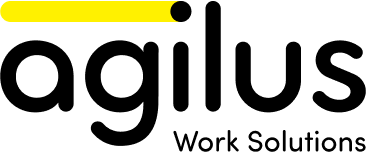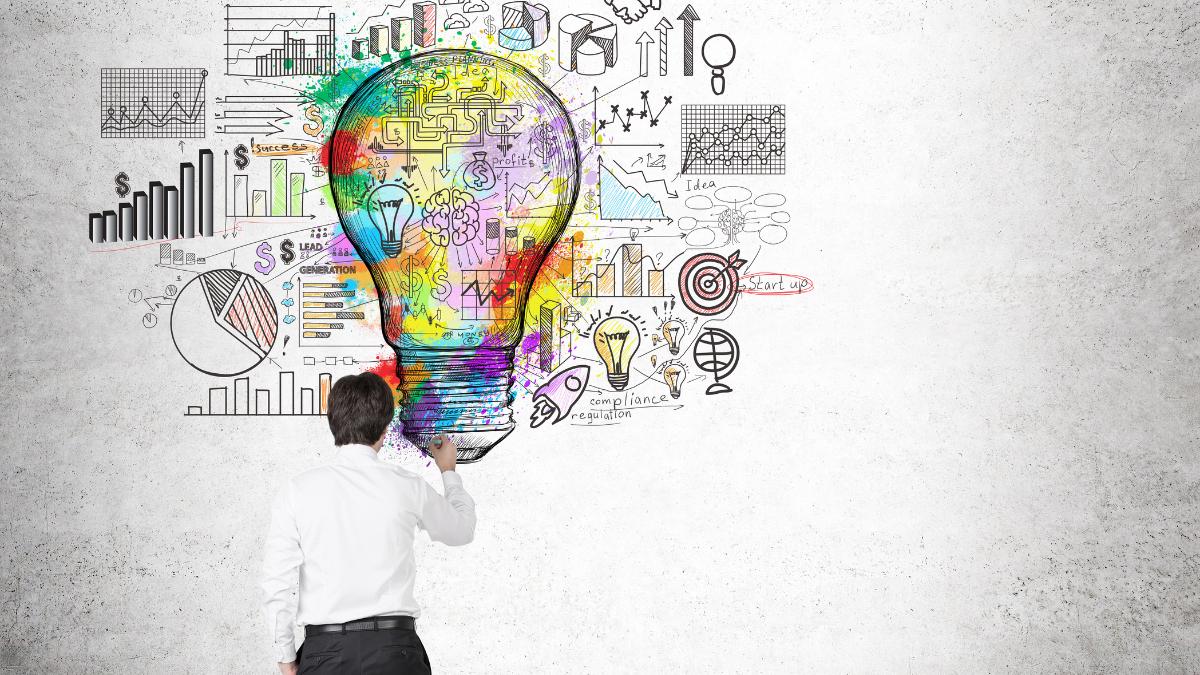Key Highlights
- Creativity is consistently ranked in the top five future job skills by LinkedIn, the World Economic Forum, and McKinsey.
- Creative thinkers are 3x more likely to be promoted and 2x more likely to be trusted with leadership tasks.
- Creativity drives innovation, adaptability, and resilience in every industry — not just the arts.
- Canadian employers increasingly seek candidates who show creative problem-solving in interviews.
- Creativity is a skill you can build — and your brain gets stronger the more you use it.
What Is Creativity — and Why It Matters
If you’ve ever said, “I’m not creative,” you’re not alone. However, you might be selling yourself short. Creativity isn’t just for designers or writers. It’s about curiosity, experimentation, and re-imagining how things could be better.
CoachHub defines creativity as “the ability to think, act, and express uniquely.” McKinsey calls it mental flexibility; the skill of connecting ideas in new ways. In today’s volatile workplace, where roles evolve faster than ever, creativity is essential.
At Agilus, our recruiters see it every day: candidates who can describe creative problem-solving experiences often stand out and get hired faster.
Creativity vs. Innovation: What’s the Difference?
Creativity sparks the idea; innovation puts it to work.
Creativity might look like imagining a new process for onboarding employees. Innovation is implementing that process to improve retention or productivity. Both matter — but creativity comes first.
In a world shaped by AI, economic uncertainty, and constant change, creativity fuels adaptation. It helps organizations find fresh ways to solve problems, improve efficiency, and stay resilient.
Why Creativity Is the Future of Work
According to the World Economihttps://www.weforum.org/publications/the-future-of-jobs-report-2025/in-full/3-skills-outlook/c Forum’s Future of Jobs Report (2025), creativity and innovation rank among the top three skills employers need as AI adoption accelerates.
In Canada, where businesses face talent shortages, digital transformation, and new sustainability goals, creativity bridges gaps that technology can’t. It helps teams think beyond “how things have always been done.”
Creativity isn’t about wild ideas for their own sake. It’s about finding new, practical ways to solve emerging problems. Whether you’re in logistics, finance, healthcare, or manufacturing, creative thinking drives agility and growth.
How to Strengthen Your Creativity Muscle
Like empathy or listening, creativity is a skill that grows with use. Here’s how to flex it daily:
- Play and experiment. Innovation often begins as play. Loosen the pressure to be “productive” and allow room for curiosity.
- Seek new experiences. Try new foods, read outside your genre, or travel — novelty feeds imagination.
- Challenge assumptions. Ask “What if?” and “Why not?” to uncover blind spots in how things are done.
- Collaborate widely. Creative breakthroughs often come from cross-functional or diverse teams.
- Take perspective. Imagine how a seven-year-old, or a newcomer, might approach the same challenge. New lenses spark new ideas.
- Start small. Build confidence by tackling small creative risks before the big ones.
As Psychology Today reminds us, “Creativity comes from open-ended problems, which can be approached in many ways.” The more you explore, the more flexible and imaginative your mind becomes.
Common Myths About Creativity
| Myth | Reality |
| “I’m not artistic, so I’m not creative.” | Creativity is about problem-solving, not painting. |
| “Creativity can’t be learned.” | Neuroscience shows creativity strengthens through practice. |
| “Creativity is only for marketing or design roles.” | Every profession benefits from curiosity and imagination. |
| “Creative people ignore structure.” | Boundaries often inspire the best ideas. |
Creativity is the Engine of Innovation
Creativity is the skill that turns disruption into opportunity. It’s how we design better systems, discover smarter solutions, and adapt to a world that changes daily.
Whether you’re in HR, operations, or engineering, creativity sets you apart, because it shows you can see beyond the problem to the potential.
About Agilus Work Solutions
For more nearly 50 years, Agilus has served our candidate and employer networks, connecting job seekers with meaningful opportunities. We place nearly 10,000 job seekers in roles every year in Engineering, Technology, Professional/Office, and Light Industrial roles.
Check out or open roles on our job board, create a job alert or build a profile so any of our more than 80 recruitment professionals can find you quickly when a role becomes available. Please follow us on LinkedIn, Facebook, Instagram and X for job-seeking tips and new roles.
FAQs
Q1: How can I show creativity in a job interview?
Describe a time you solved a problem differently, improved a process, or proposed a new idea, and explain its impact in quantitative results if possible.
Q2: What if my role is technical or analytical?
Creativity thrives everywhere. In engineering or finance, it means connecting data and insight in fresh ways.
Q3: How can leaders encourage creativity on their teams?
Model curiosity, reward experimentation, and normalize failure as part of learning.
Q4: Why does creativity matter in AI-driven workplaces?
Because machines can analyze patterns, but only humans can imagine what doesn’t exist yet.

